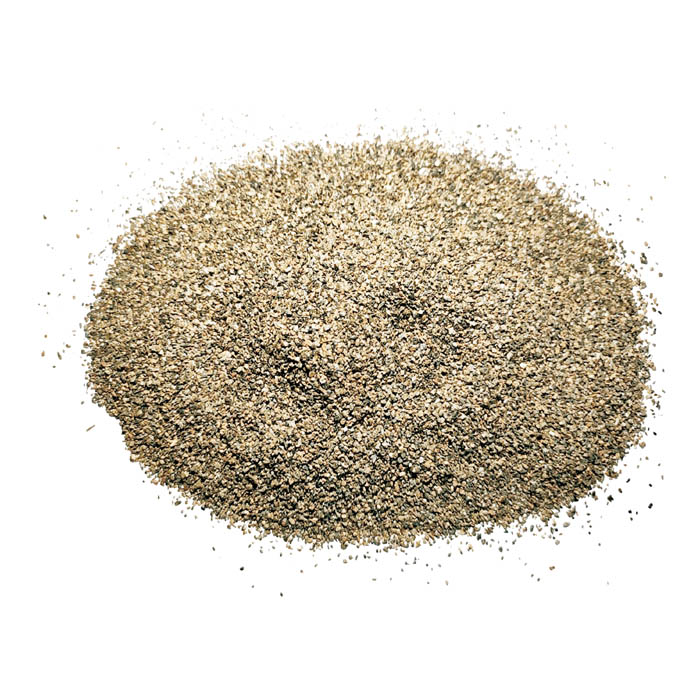ઓક્ટોબર . 10, 2024 06:15 Back to list
interior walls materials
Interior Wall Materials A Comprehensive Guide
When it comes to designing and renovating interiors, one of the most crucial aspects often overlooked is the choice of wall materials. The walls of a space not only define the aesthetics of a room but also influence its acoustics, insulation, and overall comfort. This article explores various interior wall materials, discussing their properties, advantages, and applications to help you make informed decisions for your next project.
1. Drywall
Drywall, also known as gypsum board or plasterboard, is one of the most common materials used for interior walls in modern construction. Composed of a gypsum core sandwiched between two sheets of heavy paper, drywall is lightweight, easy to install, and offers a smooth surface ideal for painting or wallpapering.
Advantages - Cost-Effective Drywall is relatively inexpensive compared to other wall materials. - Fire Resistant Gypsum contains water molecules that help resist fire. - Soundproofing Specialized soundproof drywall can significantly reduce sound transmission between rooms.
Applications Drywall is commonly used in residential and commercial buildings, particularly for interior partitions and ceilings.
2. Plaster
Plaster walls have been used for centuries and, while less common today, are still favored for their durability and aesthetic appeal. Plaster is a mixture of water, sand, and lime that is applied in layers to create a smooth finish.
Advantages - Durability Plaster is more resistant to dents and scratches compared to drywall. - Aesthetic Qualities Plaster can be molded to create intricate designs, adding unique character to interiors. - Breathable Unlike some synthetic materials, plaster allows for moisture regulation within the walls.
Applications Plaster is often used in high-end renovations or historical restorations where authenticity is paramount.
3. Wood Paneling
Wood paneling can warm up any interior space with its natural charm. Available in various types, including solid wood, plywood, and MDF (medium-density fiberboard), wood paneling can be painted or stained to match the desired aesthetic.
Advantages - Aesthetic Variety Offers a range of looks from rustic to modern. - Insulation Provides decent thermal insulation and can reduce heating costs. - Acoustic Properties Wood naturally dampens sound, enhancing privacy.
Applications Often used in living rooms, dining areas, and offices to create a cozy, inviting atmosphere.
interior walls materials

4. Brick and Stone
Exposed brick and natural stone walls offer a rustic, industrial feel that's increasingly popular in contemporary design
. These materials boast durability and low maintenance, making them suitable for various settings.Advantages - Timeless Appeal The unique texture and color variations in brick and stone add character to interiors. - Thermal Mass Both materials help regulate indoor temperatures. - Low Maintenance Generally requires minimal upkeep over time.
Applications Commonly found in urban lofts, restaurants, and as feature walls in residential homes.
5. Glass
Glass walls, though less conventional, can create a modern and open feeling in a space. They are often used in conjunction with other materials to create interesting contrasts.
Advantages - Light Transmission Allows natural light to permeate, making spaces feel larger and more inviting. - Contemporary Aesthetic Provides a sleek, modern look that can upscale any interior.
Applications Popular in office setups, modern residential designs, and as dividers in open-concept layouts.
6. Biodegradable Materials
As sustainability becomes a significant concern in design, interior walls made from biodegradable materials like bamboo, cork, and recycled products are gaining traction.
Advantages - Eco-Friendly Contributes to reduced environmental impact. - Aesthetic Appeal Offers unique textures and appearances that can enhance the design. Applications Often incorporated in eco-conscious homes and green buildings.
Conclusion
Choosing the right interior wall material is vital for achieving your desired aesthetic and functional outcomes. Whether you opt for traditional drywall, the classic charm of wood, or the modern appeal of glass, understanding the properties and applications of each material will empower you to create a space that reflects your style and meets your needs. Make sure to consider factors like budget, insulation, maintenance, and environmental impact before making your final decision. With the right choice, your interior walls can transform your living or working space into a beautifully designed and comfortable environment.
-
SWRCH35K High-Quality Steel Wire Rods - Reliable Manufacturer & Supplier
NewsJun.24,2025
-
High-Quality Fe-C Alloy Leading Manufacturers & Spherical Alloy Materials Supplier
NewsJun.10,2025
-
Premium Low Nitrogen Recarburiser Supplier & Manufacturer – High Quality Exporters
NewsJun.10,2025
-
DT4 High-Quality Magnetic Materials Leading DT4 Manufacturer & Supplier
NewsJun.10,2025
-
High-Performance Spring Steel Suppliers Custom Solutions
NewsJun.10,2025
-
Premium SWRCH6A Manufacturer Steel Wire Supplier & Factory
NewsJun.10,2025
